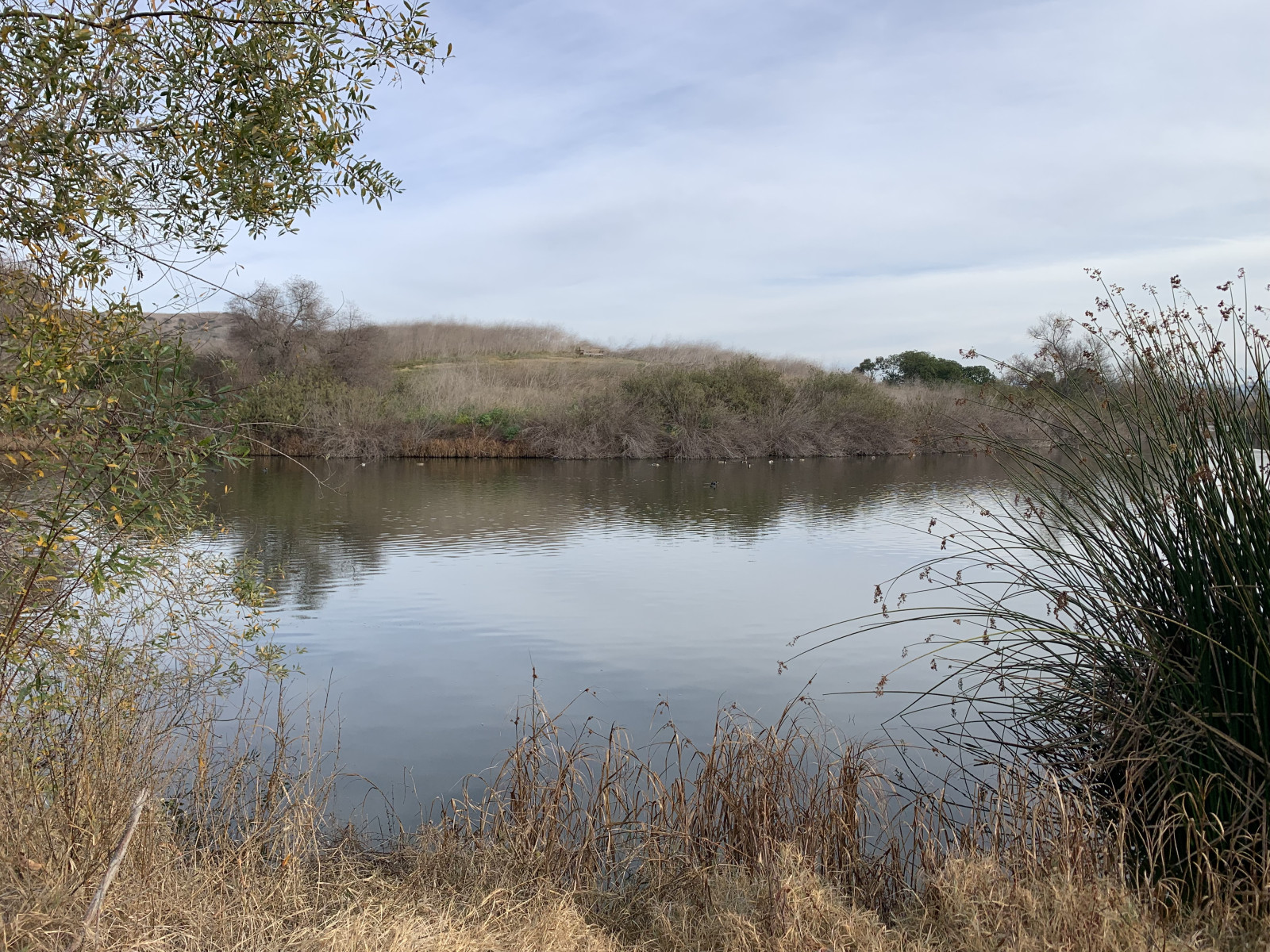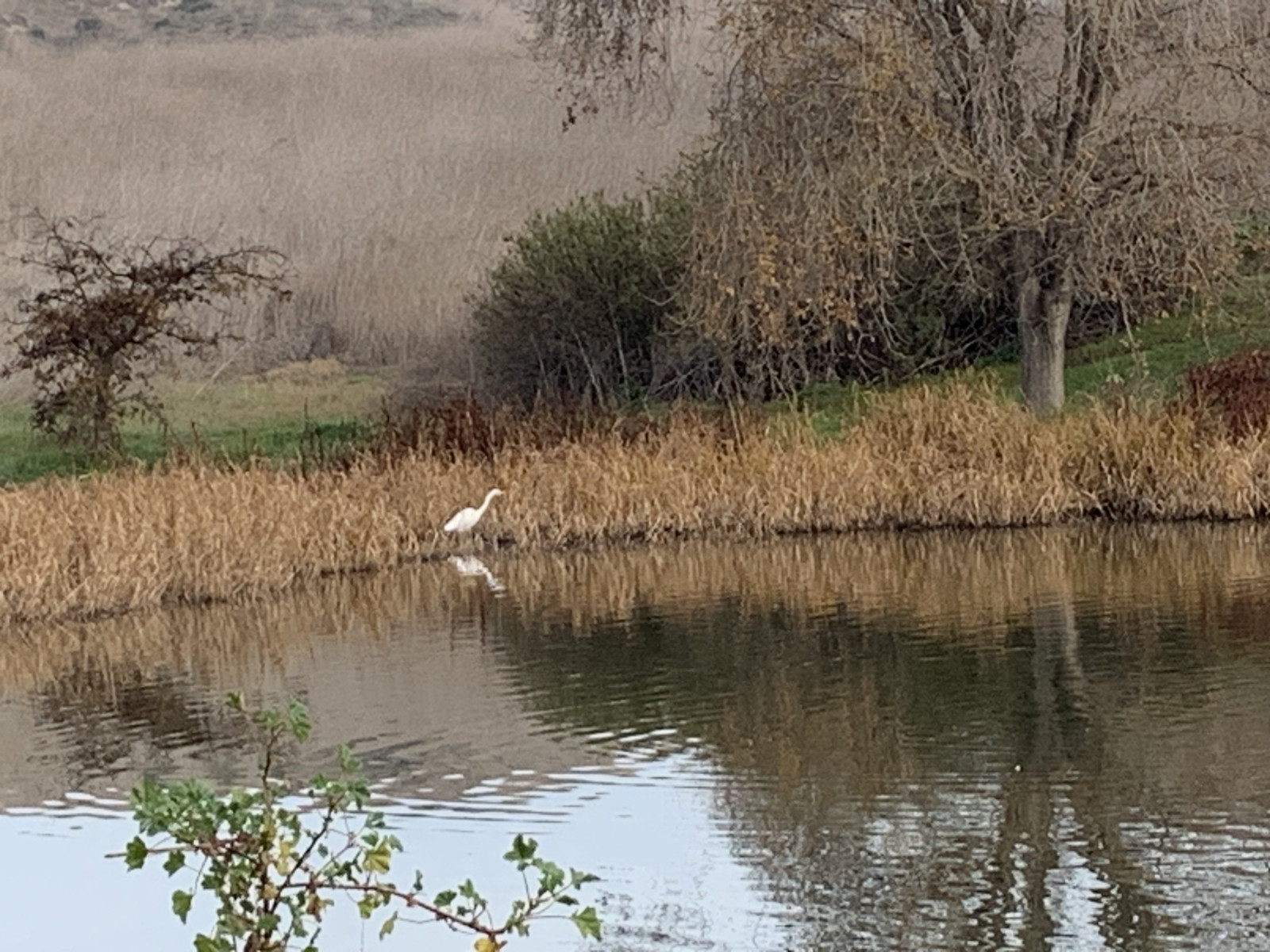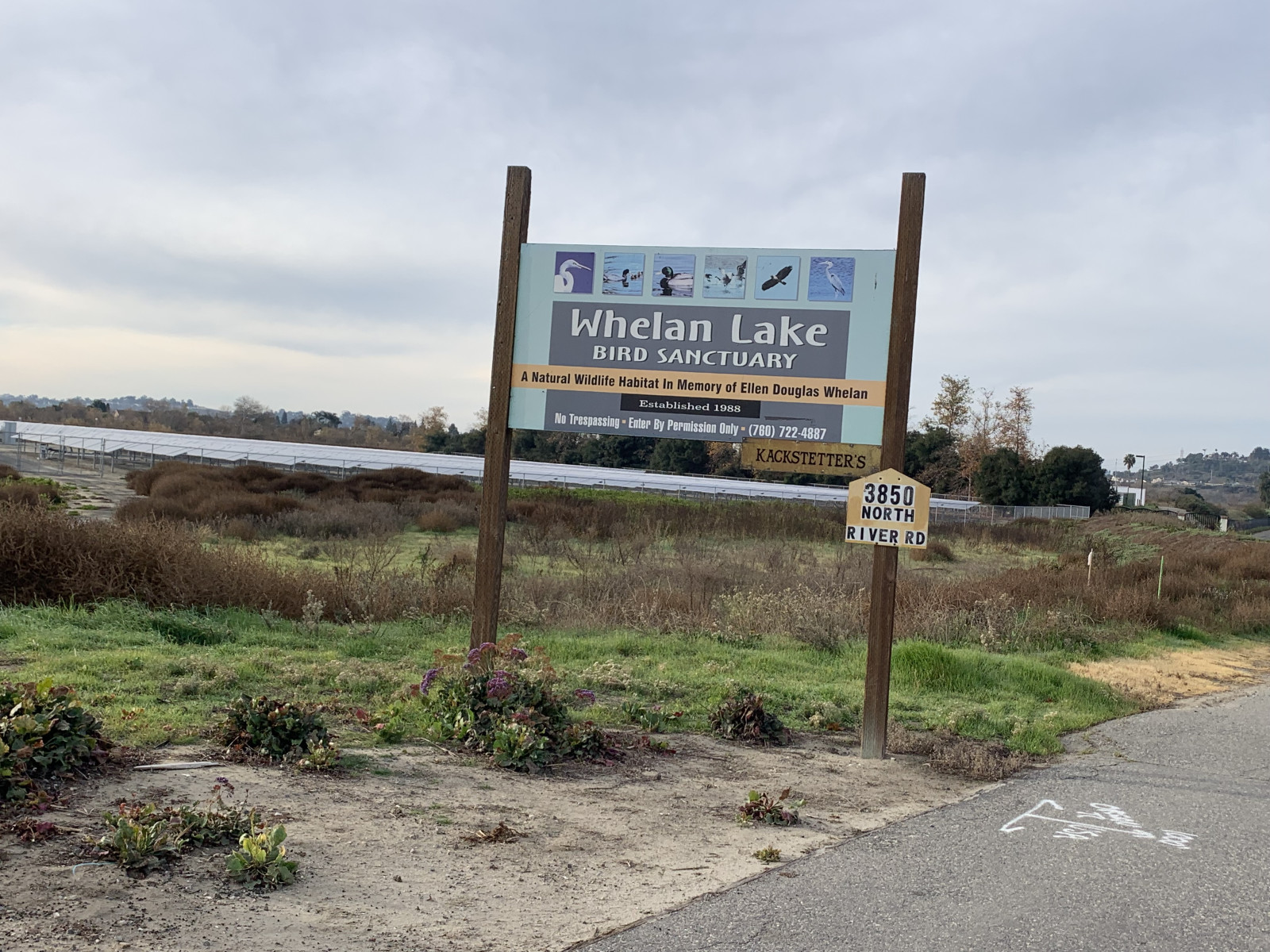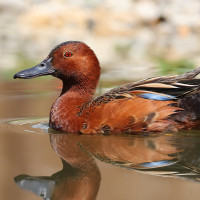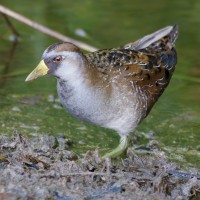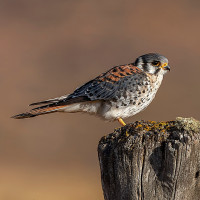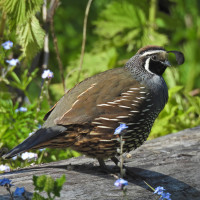Description
Whelan Lake is a private bird sanctuary located in Oceanside featuring a large freshwater lake surrounded by freshwater marsh, riparian woodland, grassland, and oak woodland habitats. Volunteers from Buena Vista Audubon Society conduct a monthly count of the bird species to be found at Whelan Lake. To date, 170 species of birds have been sighted there, including Canadian Geese, Willow Flycatcher, Least Bell’s Vireo, White Pelicans, and 15 different duck species and other birds including Cinnamon Teal, Ruddy Duck, Northern Shoveler, Bufflehead, American Wigeon, Sora, Common Gallinule, American Coot, White-tailed Kite, American Kestrel, Bushtit, Green-winged Teal and Green Heron.
Details
Access
Whelan Lake is located in the San Luis Rey Watershed on the northern end of the City of Oceanside. There is a dirt parking lot. You need a car to get there. Click on the P in the map for directions or coordinates.
Note: Whelan Lake is not open to the public except by prior arrangement by contacting the Buena Vista Audubon Society at 760-439-BIRD (2473). It has been preserved to function solely as a sanctuary for resident and migratory waterfowl. The Lake is behind gates to protect the sanctuary and the surrounding undeveloped area.
